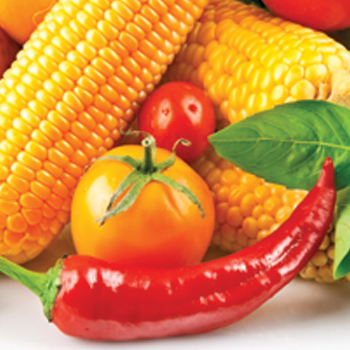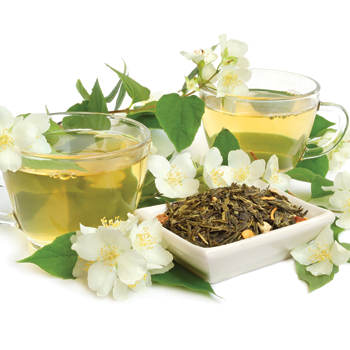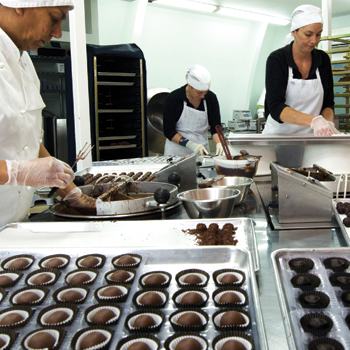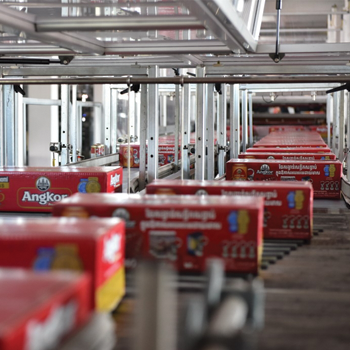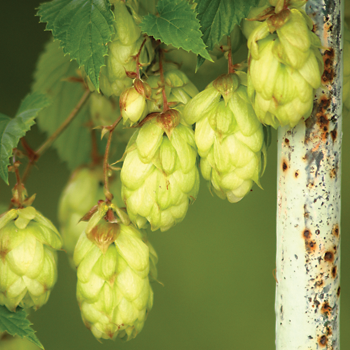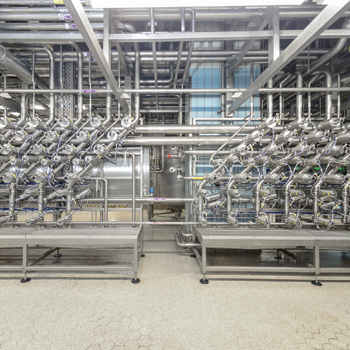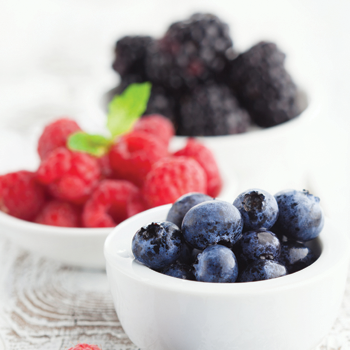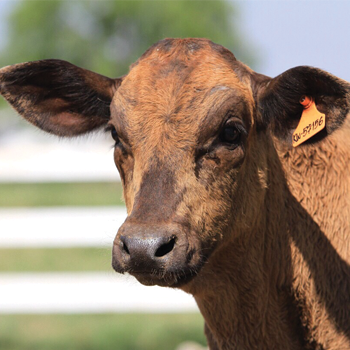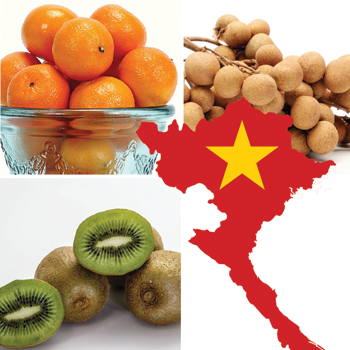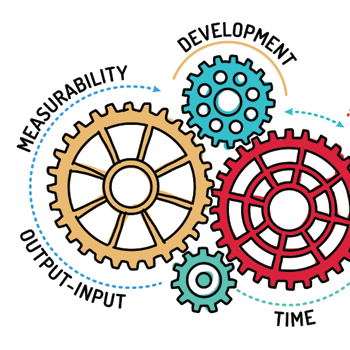การนำเข้าสินค้าเกษตรอินทรีย์ภายใต้ระบบการรับรองอิเล็กทรอนิกส์ใหม่ของสหภาพยุโรป
By: European Commission
ระบบการรับรองอิเล็กทรอนิกส์แบบใหม่ของสหภาพยุโรป จัดทำขึ้นเพื่อใช้ตรวจสอบการนำเข้าสินค้าเกษตรอินทรีย์ให้มีประสิทธิภาพดียิ่งขึ้น การพัฒนาและนำระบบดังกล่าวมาใช้จะทำให้ EU มีบทบาทต่อการค้าระหว่างประเทศมากขึ้น อีกทั้งยังจะกลายเป็นผู้นำของโลกด้านการตรวจสอบย้อนกลับและการรวบรวมข้อมูลที่เชื่อถือได้เกี่ยวกับการค้าสินค้าเกษตรอินทรีย์ด้วย
ระบบการรับรองอิเล็กทรอนิกส์ใหม่นี้จะช่วยเพิ่มมาตรการการตรวจสอบด้านความปลอดภัยของอาหารและลดความผิดพลาดที่อาจเกิดขึ้น นอกจากนี้ยังจะช่วยลดภาระการบริหารจัดการสำหรับผู้ประกอบการและหน่วยงานต่างๆ โดยระบบจะบันทึกข้อมูลเชิงสถิติเกี่ยวกับการนำเข้าสินค้าเกษตรอินทรีย์ที่ครอบคลุมมากขึ้น อย่างไรก็ตาม ระบบเอกสารฉบับแบบเก่าและระบบการรับรองอิเล็กทรอนิกส์จะถูกนำมาใช้ร่วมกันในช่วงเปลี่ยนผ่านจากนี้ไปอีก 6 เดือน และตั้งแต่วันที่ 19 ตุลาคม พ.ศ. 2560 ข้อมูลการนำเข้าสินค้าอินทรีย์ในยุโรปทั้งหมดจะถูกบันทึกไว้ด้วยระบบการรับรองอิเล็กทรอนิกส์เท่านั้น
ฟิล โฮแกน คณะกรรมาธิการยุโรปด้านการเกษตรและการพัฒนาชนบท กล่าวว่า “ความมุ่งมั่นของเราในการรับรองและการตรวจสอบอย่างเข้มงวดเป็นส่วนสำคัญในมาตรฐานความปลอดภัยด้านอาหารของสหภาพยุโรป มาตรฐานระดับสูงเหล่านี้ช่วยให้สหภาพยุโรปกลายเป็นผู้นำที่ดีที่สุดในโลกด้านอาหาร แต่ก็ต้องพยายามหาวิธีใหม่เพื่อมุ่งหาสิ่งที่ดีกว่าอย่างต่อเนื่องต่อไป อย่างไรก็ตาม ระเบียบข้อบังคับใหม่เหล่านี้มีจุดประสงค์เพื่อพัฒนากระบวนการตรวจสอบย้อนกลับของผลิตภัณฑ์อินทรีย์ซึ่งเป็นตลาดที่มีการเติบโตอย่างมีนัยสำคัญ
A new system of electronic certification to better monitor imports of organic products becomes applicable tomorrow, making the EU a global leader in traceability and in the collection of reliable data on trade of these products.
This pioneering e-certification system will contribute to enhancing food safety provisions and reducing potential fraud. It will also reduce the administrative burden for operators and authorities, and provide much more comprehensive statistical data on organic imports.
Both paper and e-certification will be used during a 6-month transition period. As of 19 October 2017, organic imports will be covered only by e-certification.
EU Commissioner for Agriculture and Rural Development Phil Hogan said: “Our commitment to stringent certification and inspection measures is an important component in the EU’s food safety standards. These high standards have allowed us to become the best address for food in the world, but we must always strive to find new and better ways to do even more. These new rules will improve the traceability of organic products, which is an important growing market.”
